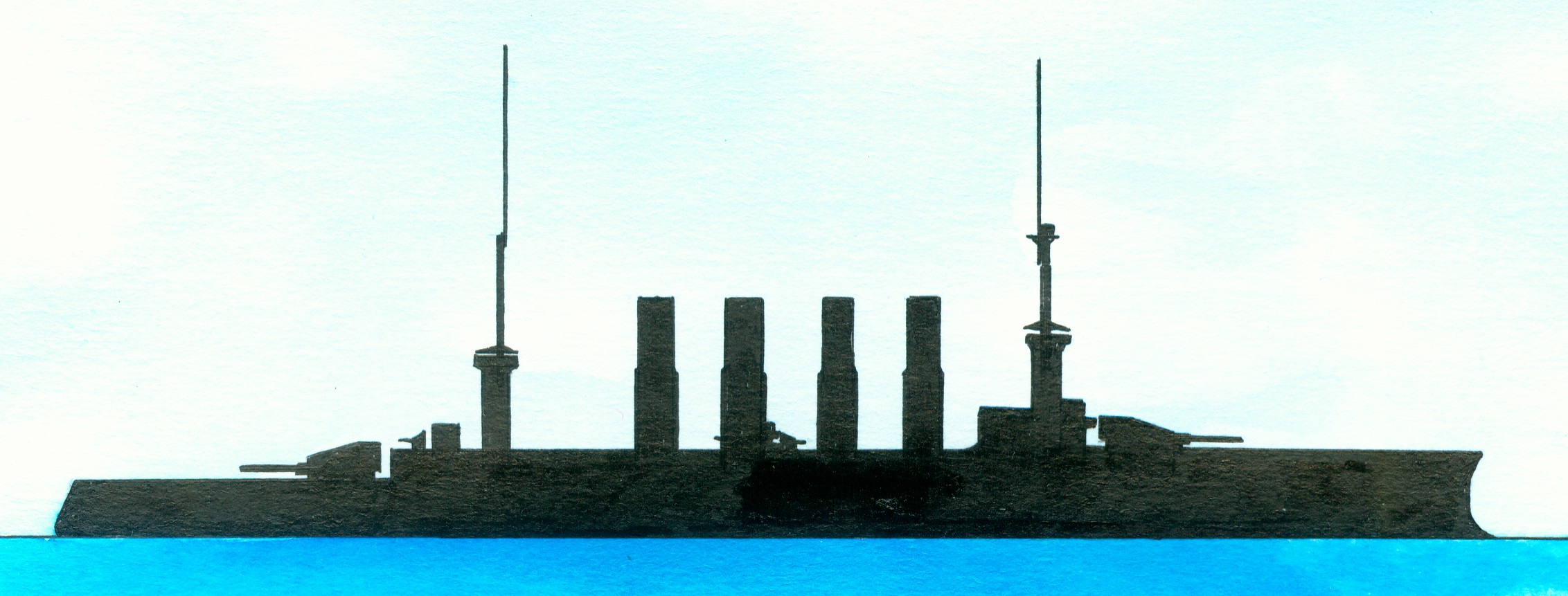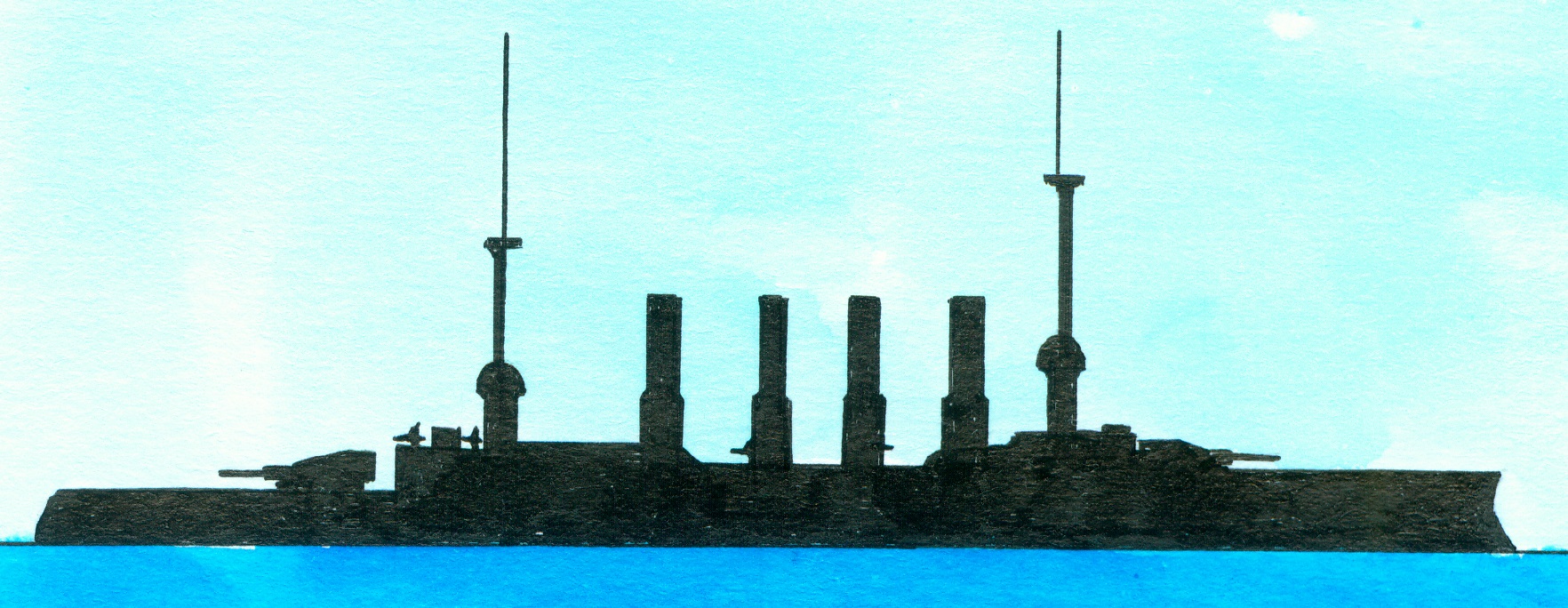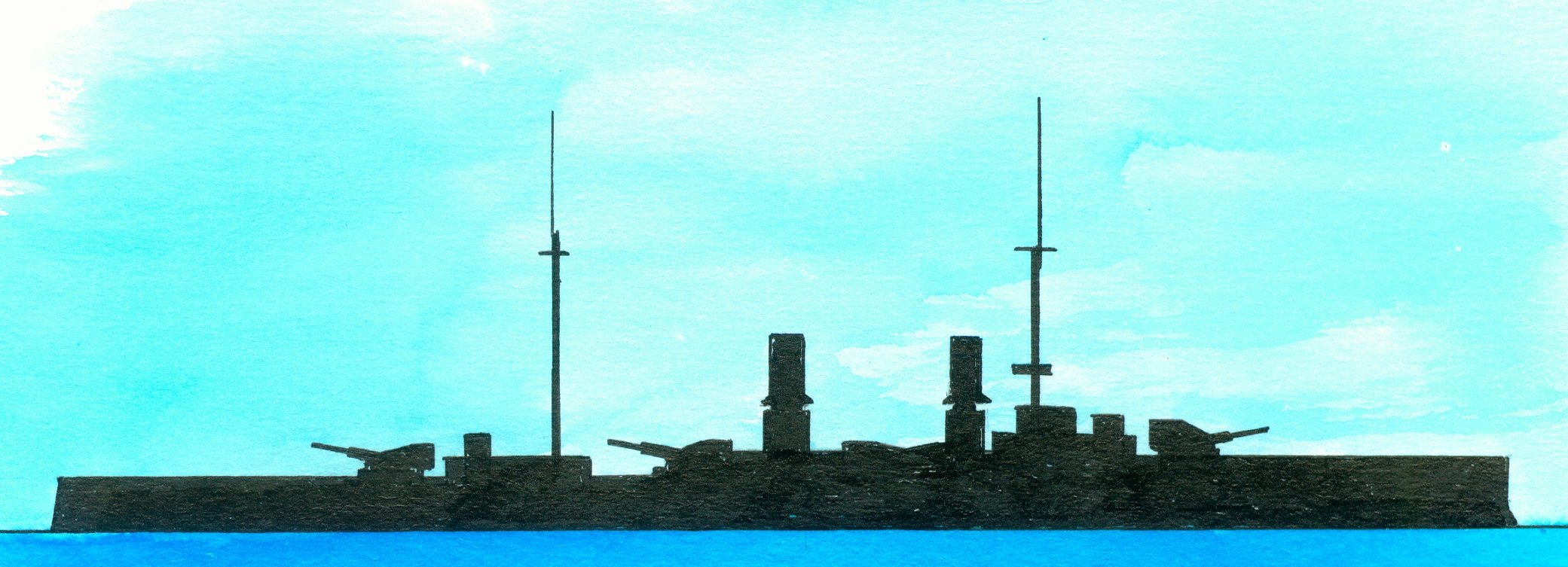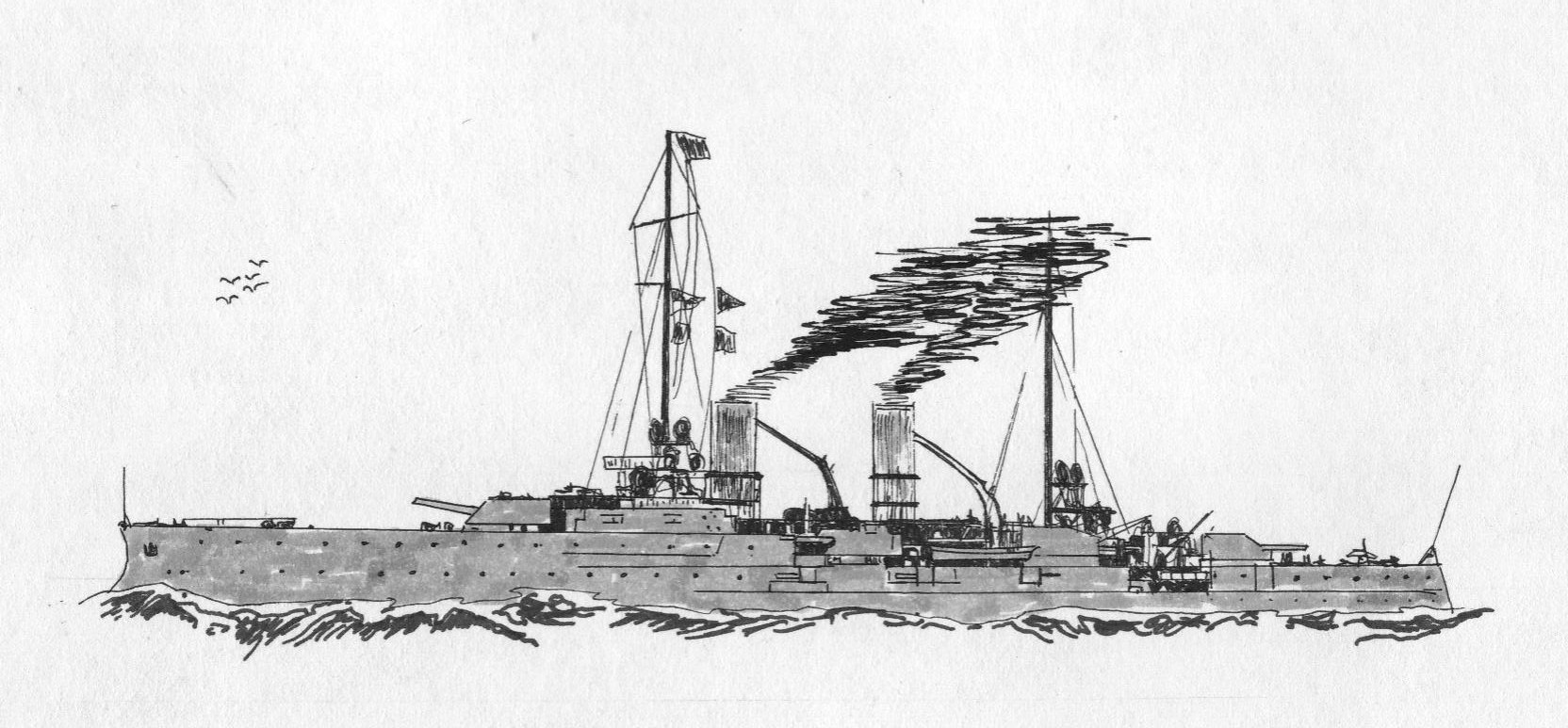Roon-class
Scharnhorst-class
SMS Scharnhorst
SMS Blücher
SMS Blücher
Note
1. Laid down at the shipyard of Blohm&Voss, Hamburg, Germany with yard number 175 on 3 January 1905, launched on 22 June 1906, commissioned on 24 October 1907 and sunk in a battle with the British fleet during the so-called Battle of the Falkland Islands on 8 December 1914. Of the Schanhorst-class consisting of the Scharnhorst and the Gneisenau. Preceded by the Roon-class and succeeded by the SMS Blücher. General technical specifications of this class. Displacement 11.616 tons/11.433 long tons12.804 short tons (standard)-12.985 tons/12.780 long tons/14.314 short tons (full load) with as dimensions 143.8 (waterline) 144,6 (overall) x 21,6 x 8,37 metres or 472-474.5 x 70.10 x 26.6 feet. The 3 shaft triple expansion engines and 18 water-tube boilers supplied 26.000 ihp (design) allowing a speed of 22,7 knots; during the trials 28.782 ihp and a speed of 23m5 knots. Coal bunker capacity 800 tons/880 short tons (standard)-2.000 tons/2.200 short tons (maximum). Range with a cruising speed of 12 knots was 4.800 nautical miles. Their crew numbered 840 men (included 52 officers). The armour consisted of a 15cm/5.9” thick belt, a 3,5-6cm/1.4-2.4” thick deck and with the gun turrets protected by 18c,/7.1” thick armour. The armament consisted of 2x4&4x1-21cm/8.3” L/40 quick firing guns, 6x1-15cm/5.9” L/40 quick firing guns, 18x1-8,8cm/3.5” guns and 4-45cm/18” submerged torpedo tubes (1x bow, 2 sides, 1 stern).
2. Laid down at the shipyard of AG Weser, Bremen, Germany with yard number 144 on 28 December 1904, launched on 14 June 1906, building costs more as 19 million goldmarks, commissioned on 6 March 1908 and sunk in a battle with the British fleet during the so-called Battle of the Falkland Islands on 8 December 1914.





